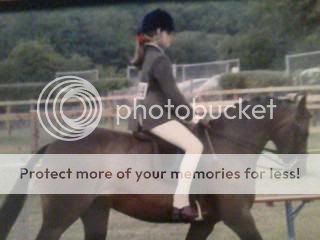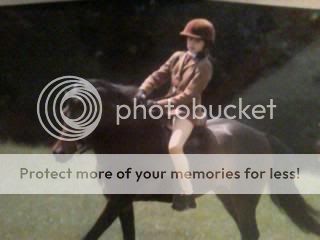Echo24
Well-Known Member
I was also told to squeeze and release with hands to encourage a horse to soften into a contact. However I think I over thought it and hands were becoming a right mess! Instructor suggested forgetting about my hands, just keep them still and concentrate on getting the horse working uphill and with good impulsion. After 10 minutes the pony naturally softened and went into a lovely outline!



